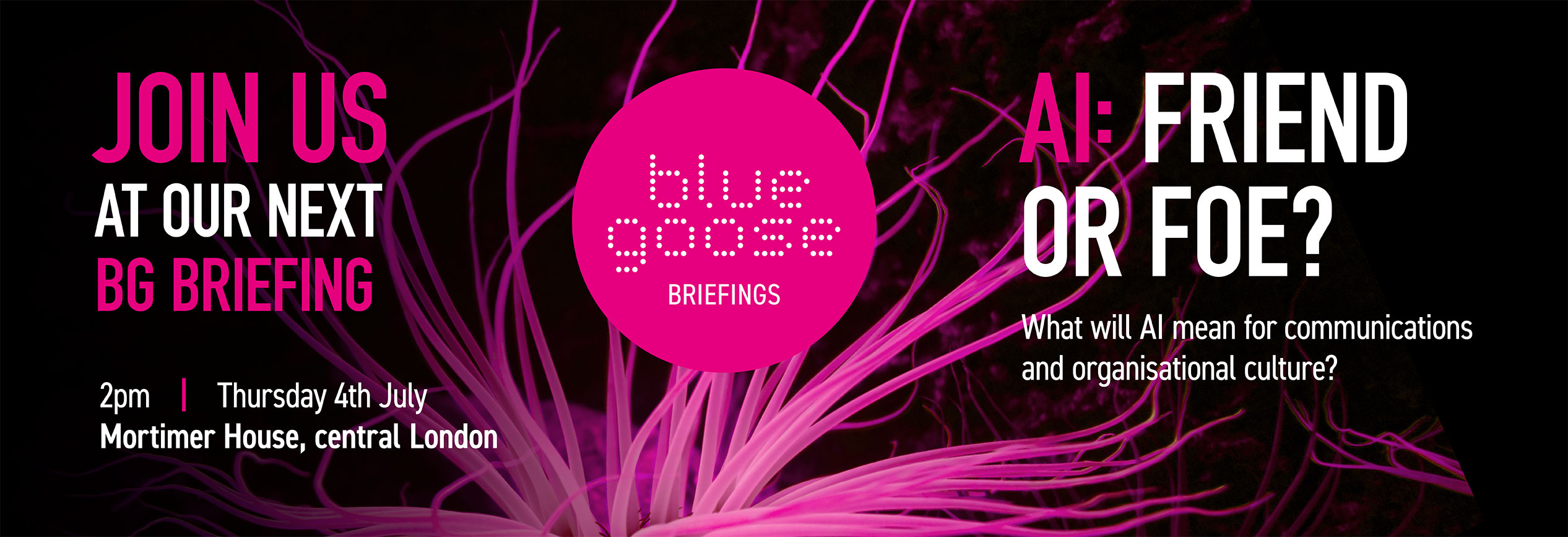Nearly eight years ago Eric Ries released The Lean Startup – now considered the blueprint for how businesses can succeed by failing fast and smartly.
A fair amount of the thinking wasn’t new. Ries cites Toyota, not always associated with radical innovation, throughout the book. Yet when I read it as a junior internal communications consultant five or so years ago it had a radical effect on me. It shone a bright light on why so many organisations were leaving both consumers and employees wanting with the experiences they offered. For me, it boiled down to the same thing. Organisations racing to the solution before really understanding the problem: what people really need to make their lives better.
The biggest brands of the last 20 years: the Apples, Googles, and Zappos, like Toyota, did it differently. Obsessed about their impact on people, they set up processes to understand the emotional deficits and practical challenges faced by their customers and employees. Their focus wasn’t just on what their products could do, but why they should exist and the meaning, enrichment and community they could bring.
Fast forward eight years and the world of employee engagement is catching up. Progressive HR and internal communications teams are approaching engagement in ways reminiscent of Ries’ Lean Startup model. Central to this is evolving the role of internal communications from top-down, compliance-first messaging towards UX creation. Standing in the shoes of employees to understand the intricacies of their lives and needs, at home and work. The things that really drive how they feel and behave…
- The intrinsic (everyday fears, and dreams – can I pay the bills? I want something different)
- The social (I want to belong / I want to stand out)
- The environmental (I believe in the vision of my business, but I don’t have the tools to
contribute) factors that really determine how people feel and are motivated.
By knowing this we can prioritise how communications to genuinely solve for employees’ emotional and practical needs. In the same way that Toyota spent months road-testing and iterating new models with pilot groups before committing to production, internal communicators should set up ways to observe, listen to and understand the depth and variety of their audiences’ needs.
Like the Lean Startup model, a UX approach to employee engagement is as much about the science of the process as it is the art of the imagination. Simple methods like persona sketching, journey mapping and user testing unlock insights about the needs of the business and employees with speed, fun and collaboration. Making everyone’s outcomes brighter.


